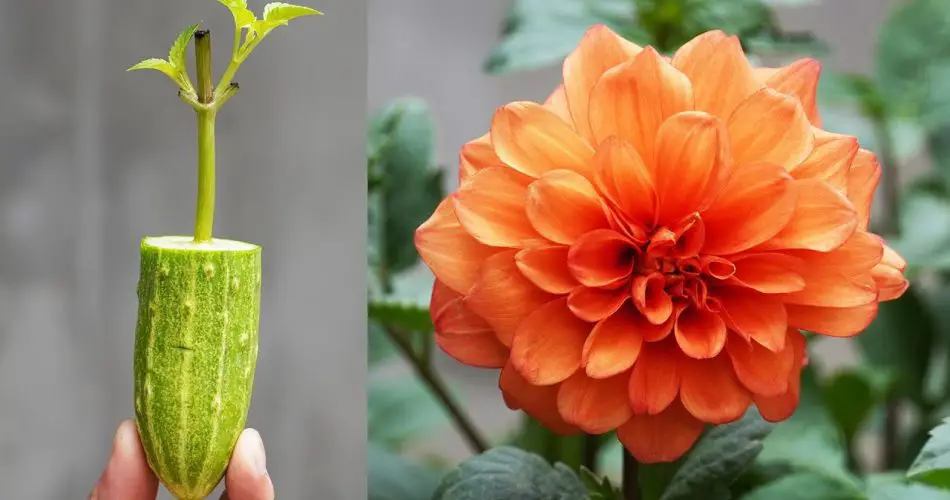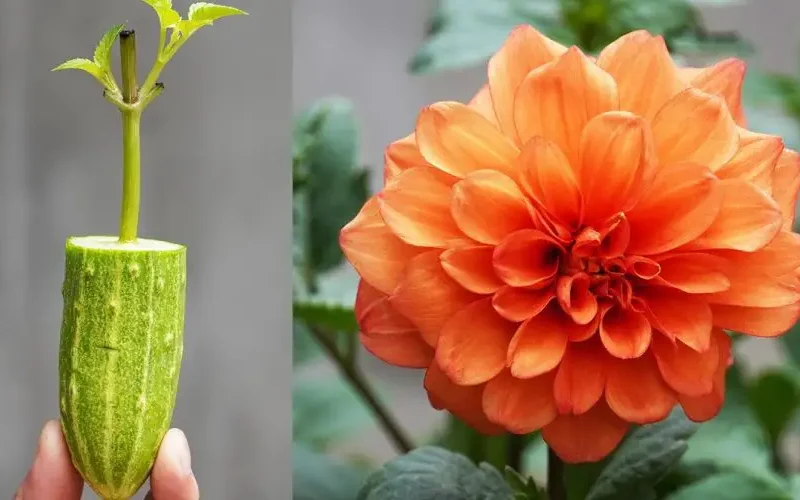
1. Choosing the Right Dahlia Variety
- Research Extensively: Beyond aesthetics, consider the climatic suitability, blooming period, and height of different Dahlia Pinnata varieties. Some may thrive in your local conditions better than others.
- Consult Local Gardeners: Local gardening clubs or nurseries can offer valuable advice on varieties that perform well in your area, providing insights into disease resistance and blooming patterns.
2. Selecting Healthy Parent Plants
- Inspect for Vigor: A robust parent plant is more likely to yield successful cuttings. Check for not only visible health signs but also the plant’s resilience to local weather and pests.
- Avoid Chemicals: Choose parent plants that haven’t been treated with growth inhibitors, which can often be found in commercially sold flowers, as this can affect the rooting ability of your cuttings.
3. Timing and Preparation
- Ideal Conditions: Aim for a cloudy day or a time when the plant is not under water stress. This ensures the cuttings will face less shock and preserve their moisture.
- Sterilize Tools: To prevent disease transmission, sterilize your cutting tools with alcohol or bleach solution before use.
4. Taking Cuttings
- Selection Criteria: Look for stems that are not only healthy but semi-mature. Green stems may not have enough reserves, while woody stems can be challenging to root.
- Angle Cuts: Cut at a 45-degree angle to increase the surface area for rooting and water intake, which can significantly improve the chances of success.
5. Planting and Care
- Soil and Pot Preparation: Use a mix of peat moss and perlite or vermiculite for excellent drainage and aeration. Ensure pots have good drainage holes.
- Humidity and Temperature: Maintaining a high humidity environment, such as using a plastic cover or humidity dome, can help prevent the cuttings from drying out. Keep the cuttings at a consistent temperature of about 18-22°C (65-72°F) to encourage rooting.
6. Rooting and Transplanting
- Rooting Check: After a few weeks, a slight resistance when gently tugging on the cutting indicates root development. Be patient, as some cuttings may take longer.
- Acclimatization: Before transplanting outdoors, acclimate the young plants to outdoor conditions gradually over a week to reduce transplant shock.
7. Regular Maintenance
- Mulching and Watering: Apply a layer of mulch around the base of the plants to retain moisture and regulate soil temperature. Water deeply and less frequently to encourage deep root growth.
- Pest and Disease Management: Regularly inspect for signs of pests and diseases. Natural remedies and proper spacing for air circulation can help prevent most issues.
Conclusion
By carefully following these expanded guidelines for propagating Dahlia Pinnata from cuttings, gardeners can enjoy the process of growing these magnificent flowers even more. With attention to detail and patience, the garden will soon be filled with a variety of Dahlias, showcasing their striking beauty and colors. Remember, gardening is a journey of learning and experimentation, so embrace the experience and the unique splendor your garden brings.
